Water is essentially everywhere on and under Earth’s surface. Fun fact though, less than 1 percent of it is liquid freshwater. In fact, most of Earth’s estimated 326 million cubic miles of water is in the oceans or frozen in polar ice caps and glaciers.
This is a little bit of an issue for water consumption because ocean water contains about 4.5 ounces per gallon of salts thus making it unfit for drinking.
This doesn’t mean we don’t have plenty of fresh water – we do!
But, as you can imagine, it’s not always available when and where it is needed. So, here’s the big question – how do we put drinking water in the hands of the people who need it? We need effective drinking water distribution systems.
But first, let’s take a quick look at water sources, what it means for drinking water, and then we can dive into how we get it into the hands of the right people.
Surface water and groundwater
Surface water and groundwater are both important sources for community water supply needs. Groundwater is a common source for single homes and small towns, and rivers and lakes are the usual sources for large cities. Although approximately 98 percent of liquid fresh water exists as groundwater, much of it occurs very deep. This makes pumping very expensive, preventing the full development and use of all groundwater resources.
The hydrologic cycle
Water is in constant circulation, powered by the energy from sunlight and gravity in a natural process called the hydrologic cycle.
Water evaporates from the ocean and land surfaces, is held temporarily as vapour in the atmosphere, and falls back to Earth’s surface as precipitation. Surface water is the residue of precipitation and melted snow, called runoff. Where the average rate of precipitation exceeds the rate at which runoff seeps into the soil, evaporates, or is absorbed by vegetation, bodies of surface water such as streams, rivers, and lakes are formed. Water that infiltrates Earth’s surface becomes groundwater, slowly seeping downward into extensive layers of porous soil and rock called aquifers.
Under the pull of gravity, groundwater flows slowly and steadily through the aquifer. In low areas it emerges in springs and streams. Both surface water and groundwater eventually return to the ocean, where evaporation replenishes the supply of atmospheric water vapor.
Winds carry the moist air over land, precipitation occurs, and the hydrologic cycle continues.
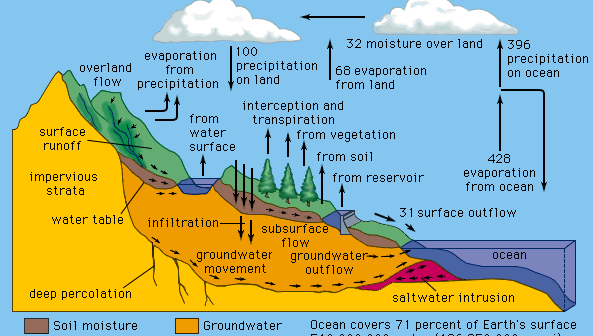
Surface water sources
The total land area that contributes surface runoff to a river or lake is called a watershed, drainage basin, or catchment area. The volume of water available for municipal supply depends mostly on the amount of rainfall. It also depends on the size of the watershed, the slope of the ground, the type of soil and vegetation, and the type of land use.
The flow rate or discharge of a river varies with time. Higher flow rates typically occur in the spring, and lower flow rates occur in the winter, though this is often not the case in areas with monsoon systems. When the average discharge of a river is not enough for a dependable supply of water, a conservation reservoir may be built. The flow of water is blocked by a dam, allowing an artificial lake to be formed.
Conservation reservoirs store water from wet weather periods for use during times of drought and low streamflow. A water intake structure is built within the reservoir, with inlet ports and valves at several depths. Since the quality of water in a reservoir varies seasonally with depth, a multilevel intake allows water of best quality to be withdrawn.
Sometimes it is advisable, for economic reasons, to provide a multipurpose reservoir. A multipurpose reservoir is designed to satisfy a combination of community water needs. In addition to drinking water, the reservoir may also provide flood control, hydroelectric power, and recreation.
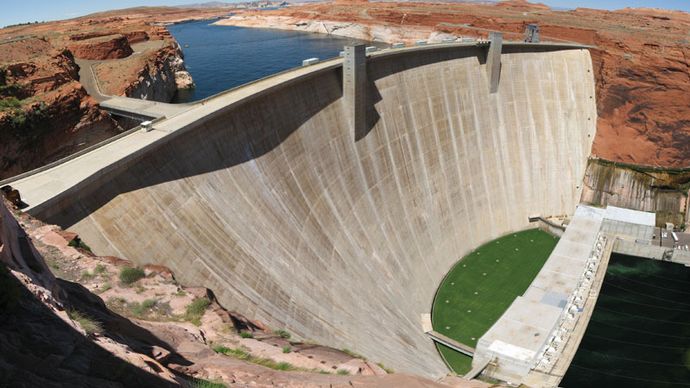
Groundwater sources
The value of an aquifer as a source of groundwater is a function of the porosity of the geologic stratum, or layer, of which it is formed. Water is withdrawn from an aquifer by pumping it out of a well or infiltration gallery. An infiltration gallery typically includes several horizontal perforated pipes radiating outward from the bottom of a large-diameter vertical shaft.
Wells are constructed in several ways, depending on the depth and nature of the aquifer. Wells used for public water supplies, usually more than 30 metres (100 feet) deep and from 10 to 30 cm (4 to 12 inches) in diameter, must penetrate large aquifers that can provide dependable yields of good-quality water.
They are drilled using impact or rotary techniques and are usually lined with a metal pipe or casing to prevent contamination. The annular space around the outside of the upper portion of the casing is filled with cement grout, and a special sanitary seal is installed at the top to provide further protection. At the bottom of the casing, a slotted screen is attached to strain silt and sand out of the groundwater.
A submersible pump driven by an electric motor can be used to raise the water to the surface. Sometimes a deep well may penetrate a confined artesian aquifer, in which case natural hydrostatic pressure can raise the water to the surface.
Water requirements
Municipal water supply systems include facilities for storage, transmission, treatment, and distribution. The design of these facilities depends on the quality of the water, on the particular needs of the user or consumer, and on the quantities of water that must be processed.
Drinking-water quality
Water has such a strong tendency to dissolve other substances that it is rarely found in nature in a pure condition. When it falls as rain, small amounts of gases such as oxygen and carbon dioxide become dissolved in it; raindrops also carry tiny dust particles and other substances. As it flows over the ground, water picks up fine soil particles, microbes, organic material, and soluble minerals. In lakes, bogs, and swamps, water may gain colour, taste, and odour from decaying vegetation and other natural organic matter. Groundwater usually acquires more dissolved minerals than does surface runoff because of its longer direct contact with soil and rock. It may also absorb gases such as hydrogen sulfide and methane. In populated areas the quality of surface water as well as groundwater is directly influenced by land use and by human activities. For example, stormwater runoff contaminated with agricultural or lawn pesticides and fertilizers, as well as with road deicing chemicals or motor oil, can flow into streams and lakes. In addition, effluent from malfunctioning septic tanks and subsurface leaching fields can seep into groundwater.
Water quality standards set limits on the concentrations of impurities allowed in water. Standards also affect the selection of raw water sources and the choice of treatment processes. The development of water quality standards began in the United States in the early 20th century. Since that time, the total number of regulated contaminants has increased as toxicological knowledge and analytical measurement techniques have improved. Modern testing methods now allow the detection of contaminants in extremely low concentrations—as low as one part contaminant per one billion parts water or even, in some cases, per one trillion parts water. Water quality standards are continually evolving, usually becoming more stringent. As a result, the number of regulated contaminants increases over time, and their allowable concentrations in water are lowered.
Drinking-water regulations in the United States include two types of standards: primary and secondary.
Primary standards are designed to protect public health, whereas secondary standards are based on aesthetic factors rather than on health effects. Primary standards specify maximum contaminant levels for many chemical, microbiological, and radiological parameters of water quality. They reflect the best available scientific and engineering judgment and take into account exposure from other sources in the environment and from foods. Turbidity is also included in the primary standards because of its tendency to interfere with disinfection. Secondary standards are guidelines or suggested maximum levels of colour, taste, odour, hardness, corrosiveness, and certain other factors.
Municipal water consumption
Water consumption in a community is characterized by several types of demand, including domestic, public, commercial, and industrial uses. Domestic demand includes water for drinking, cooking, washing, laundering, and other household functions. Public demand includes water for fire protection, street cleaning, and use in schools and other public buildings. Commercial and industrial demands include water for stores, offices, hotels, laundries, restaurants, and most manufacturing plants. There is usually a wide variation in total water demand among different communities. This variation depends on population, geographic location, climate, the extent of local commercial and industrial activity, and the cost of water.
Water use or demand is expressed numerically by average daily consumption per capita (per person). In the United States the average is approximately 380 litres (100 gallons) per capita per day for domestic and public needs. Overall, the average total demand is about 680 litres (180 gallons) per capita per day, when commercial and industrial water uses are included. (These figures do not include withdrawals from freshwater sources for such purposes as crop irrigation or cooling operations at electric power-generating facilities.) Water consumption in some developing countries may average as little as 15 litres (4 gallons) per capita per day. The world average is estimated to be approximately 60 litres (16 gallons) per person per day.
In any community, water demand varies on a seasonal, daily, and hourly basis. On a hot summer day, for example, it is not unusual for total water consumption to be as much as 200 percent of the average demand. The peak demands in residential areas usually occur in the morning and early evening hours (just before and after the normal workday). Water demands in commercial and industrial districts, though, are usually uniform during the work day. Minimum water demands typically occur in the very early or predawn morning hours. Civil and environmental engineers must carefully study each community’s water use patterns in order to design efficient pumping and distribution systems.
Water distribution
A water distribution system is a network of pumps, pipelines, storage tanks, and other appurtenances. It must deliver adequate quantities of water at pressures sufficient for operating plumbing fixtures and firefighting equipment, yet it must not deliver water at pressures high enough to increase the occurrence of leaks and pipeline breaks. Pressure-regulating valves may be installed to reduce pressure levels in low-lying service areas. More than half the cost of a municipal water supply system is for the distribution network.
Pipelines
The pipeline system of a municipal water distribution network consists of arterial water mains or primary feeders, which convey water from the treatment plant to areas of major water use in the community, and smaller-diameter pipelines called secondary feeders, which tie in to the mains. Usually not less than 150 mm (6 inches) in diameter, these pipelines are placed within the public right-of-way so that service connections can be made for all potential water users. The pipelines are usually arranged in a gridiron pattern that allows water to circulate in interconnected loops; this permits any broken sections of pipe to be isolated for repair without disrupting service to large areas of the community. “Dead-end” patterns may also be used, but they do not permit circulation, and the water they provide is more susceptible to taste and odour problems because of stagnation.
A water distribution pipeline must be able to resist internal and external forces, as well as corrosion. Pipes are placed under stress by internal water pressure, by the weight of the overlying soil, and by vehicles passing above. They may have to withstand water-hammer forces; these occur when valves are closed too rapidly, causing pressure waves to surge through the system. In addition, metal pipes may rust internally if the water supply is corrosive or externally because of corrosive soil conditions.
Materials
Distribution pipes are made of asbestos cement, cast iron, ductile iron, plastic, reinforced concrete, or steel. Although not as strong as iron, asbestos cement, because of its corrosion resistance and ease of installation, is a desirable material for secondary feeders up to 41 cm (16 inches) in diameter. Pipe sections are easily joined with a coupling sleeve and rubber-ring gasket. Cast iron has an excellent record of service, with many installations still functioning after 100 years. Ductile iron, a stronger and more elastic type of cast iron, is used in newer installations. Iron pipes are provided in diameters up to 122 cm (48 inches) and are usually coated to prevent corrosion.
Underground sections are connected with bell-and-spigot joints, the spigot end of one pipe section being pushed into the bell end of an adjacent section. A rubber-ring gasket in the bell end is compressed when the two sections are joined, creating a watertight, flexible connection. Flanged and bolted joints are used for aboveground installations.
Plastic pipes are available in diameters up to 61 cm (24 inches). They are lightweight, easily installed, and corrosion-resistant, and their smoothness provides good hydraulic characteristics. Plastic pipes are connected either by a bell-and-spigot compression-type joint or by threaded screw couplings.
Precast reinforced concrete pipe sections up to 366 cm (12 feet) in diameter are used for arterial mains. Reinforced concrete pipes are strong and durable. They are joined using a bell-and-spigot-type connection that is sealed with cement mortar. Steel pipe is sometimes used for arterial mains in aboveground installations. It is very strong and lighter than concrete pipe, but it must be protected against corrosion with lining of the interior and with painting and wrapping of the exterior. Sections of steel pipe are joined by welding or with mechanical coupling devices.
Fittings
In order to function properly, a water distribution system requires several types of fittings, including hydrants, shutoff valves, and other appurtenances. The main purpose of hydrants is to provide water for firefighting. They also are used for flushing water mains, pressure testing, water sampling, and washing debris off public streets.
Many types of valves are used to control the quantity and direction of water flow. Gate valves are usually installed throughout the pipe network. They allow sections to be shut off and isolated during the repair of broken mains, pumps, or hydrants. A type of valve commonly used for throttling and controlling the rate of flow is the butterfly valve. Other valves used in water distribution systems include pressure-reducing valves, check valves, and air-release valves.
Installation
Water mains must be placed roughly 1 to 2 metres (3 to 6 feet) below the ground surface in order to protect against traffic loads and to prevent freezing. Since the water in a distribution system is under pressure, pipelines can follow the shape of the land, uphill as well as downhill. They must be installed with proper bedding and backfill. Compaction of soil layers under the pipe (bedding) as well as above the pipe (backfill) is necessary to provide proper support. A water main should never be installed in the same trench with a sewer line. Where the two must cross, the water main should be placed above the sewer line.
Pumps
Many kinds of pumps are used in distribution systems. Pumps that lift surface water and move it to a nearby treatment plant are called low-lift pumps. These move large volumes of water at relatively low discharge pressures. Pumps that discharge treated water into arterial mains are called high-lift pumps. These operate under higher pressures. Pumps that increase the pressure within the distribution system or raise water into an elevated storage tank are called booster pumps. Well pumps lift water from underground and discharge it directly into a distribution system.
Most water distribution pumps are of the centrifugal type, in which a rapidly rotating impeller adds energy to the water and raises the pressure inside the pump casing. The flow rate through a centrifugal pump depends on the pressure against which it operates. The higher the pressure, the lower the flow or discharge. Another kind of pump is the positive-displacement type. This pump delivers a fixed quantity of water with each cycle of a piston or rotor. The water is literally pushed or displaced from the pump casing. The flow capacity of a positive-displacement pump is unaffected by the pressure of the system in which it operates.
Storage tanks
Distribution storage tanks, familiar sights in many communities, serve two basic purposes: equalizing storage and emergency storage. Equalizing storage is the volume of water needed to satisfy peak hourly demands in the community. During the late night and very early morning hours, when water demand is lower, high-lift pumps fill the tank. During the day, when water demand is higher, water flows out of the tank to help satisfy the peak hourly water needs. This allows for a uniform flow rate at the treatment plant and pumping station. Water in a distribution storage tank may also be needed for fighting fires, cleaning up accidental spills of hazardous materials, or other community emergencies. The capacity of a distribution storage tank is designed to be about equal to the average daily water demand of the community.
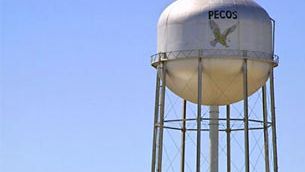
Distribution storage tanks are built at ground level on hilltops higher than the service area. In areas with flat topography, the tanks may be elevated aboveground on towers in order to provide adequate water pressures, or ground-level storage tanks with booster pumping may be provided.
Be Safe – Think Ahead
At PPS, we value preparation, trust, and integrity with our clients. We provide systems and solutions, not price only products. Though we do not claim to have every solution for every disaster, we encourage clients to be open about their solutions and include all possible vendors. When in a disaster situation, a city, county, state, or government needs to consider all options.
As such, we guide our clients to prepare in advance for the worst, be it earthquake, flood, fires, or just an aging infrastructure.
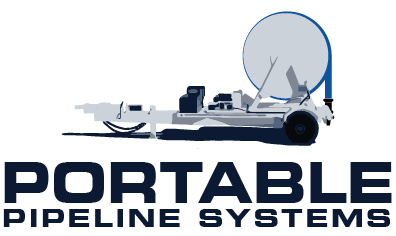

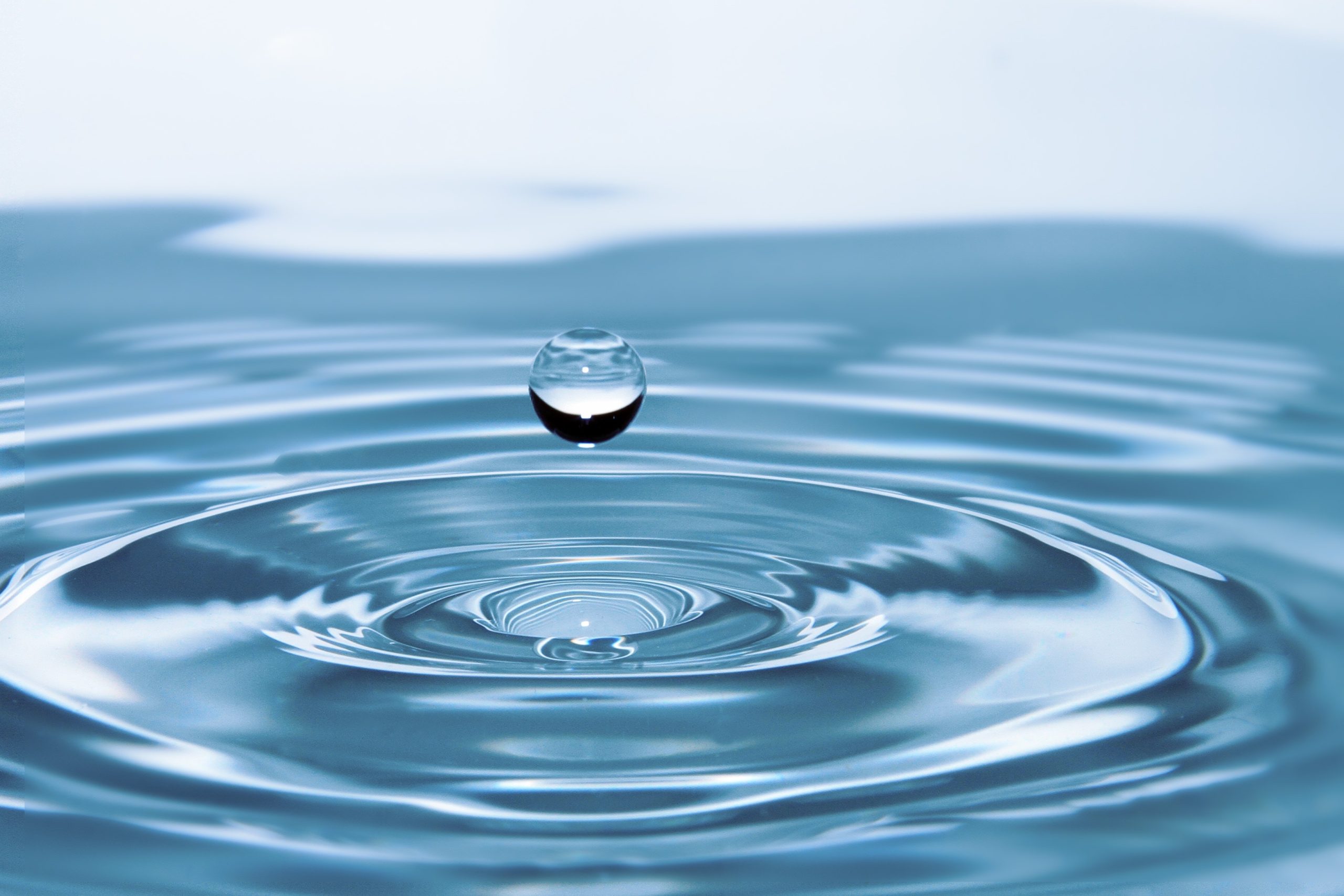
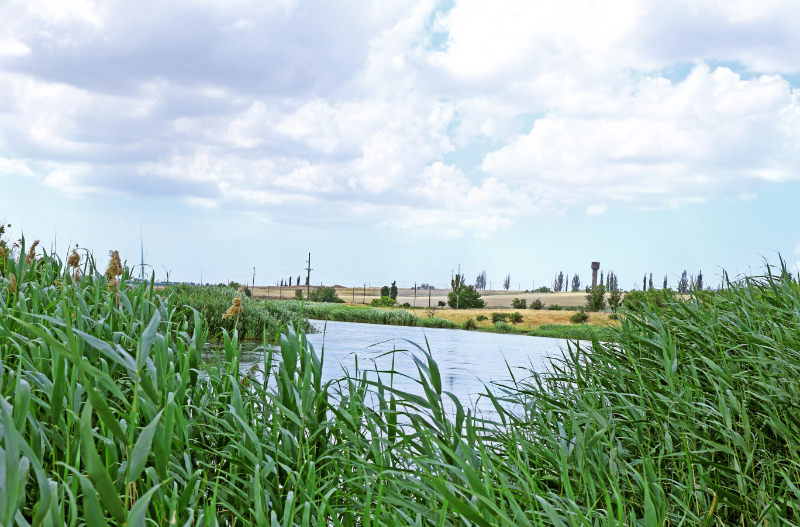
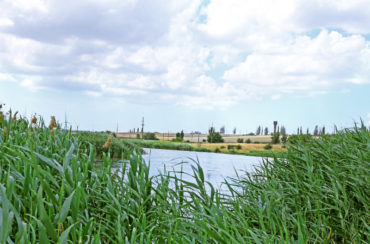
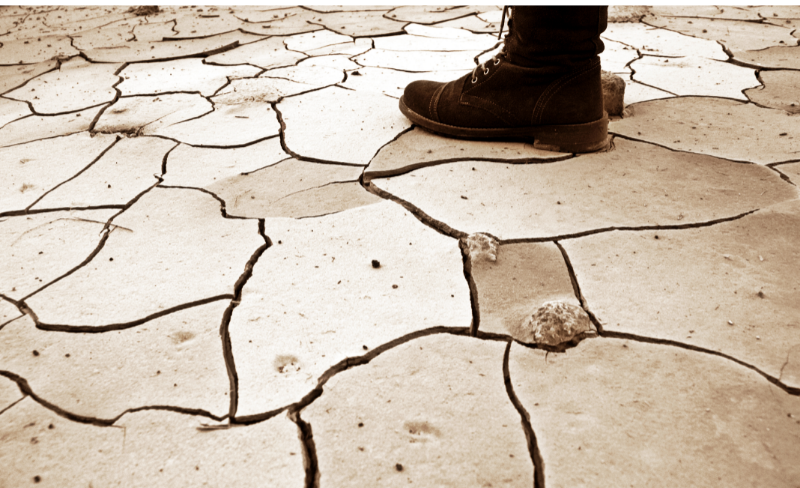
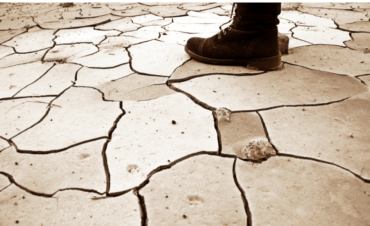

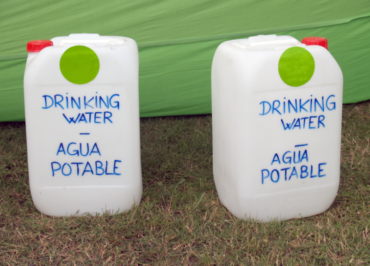
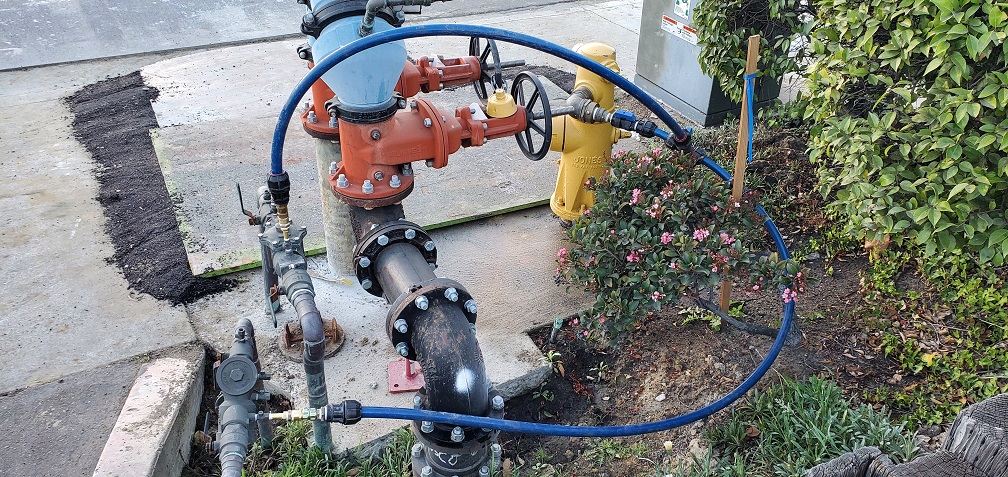
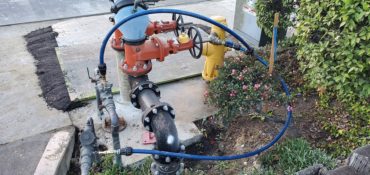
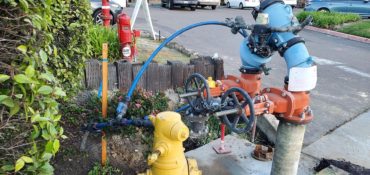
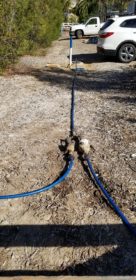
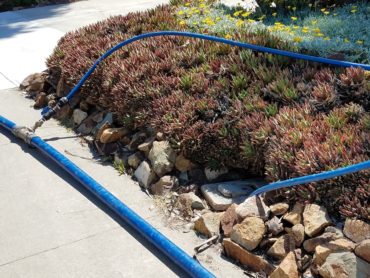

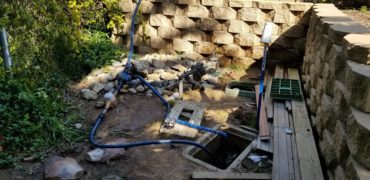

 Sales Office Location
Sales Office Location
 sales@portablepipelinesystem.com
sales@portablepipelinesystem.com